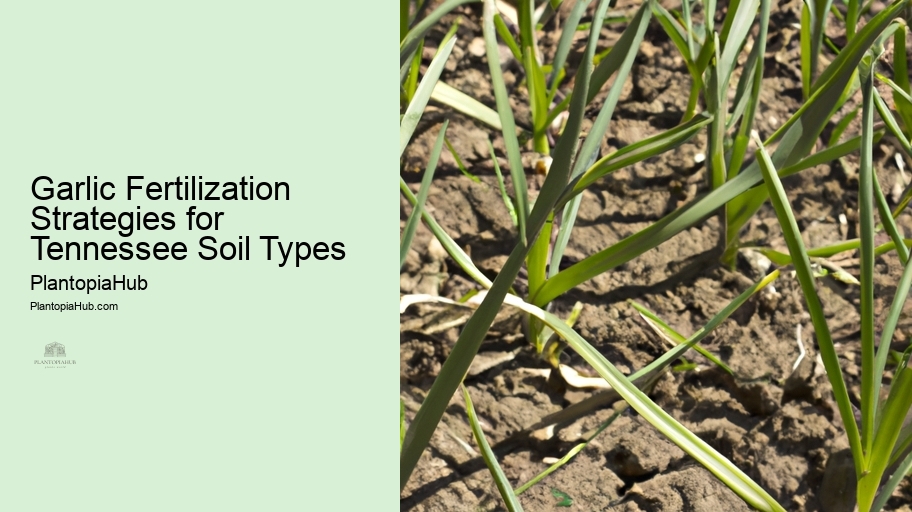

Mulching plays a vital role in garlic farming in Tennessee. Applying a layer of mulch, such as straw or leaves, around your garlic plants helps conserve soil moisture, suppress weeds, and maintain consistent soil temperatures. Mulch also protects garlic bulbs from winter frost.
To mulch effectively, spread a 3-4 inch layer around your garlic rows after planting.
In conclusion, utilizing proper mulching methods for garlic beds in Tennessee is essential for healthy garlic growth. It's a simple yet effective technique that can significantly impact your harvest.
Recognizing and addressing garlic diseases promptly is crucial for Tennessee farmers. Common diseases include white rot, rust, and botrytis. Regularly inspect your garlic plants for yellowing leaves, lesions, or moldy growth.
To manage diseases, practice good sanitation by removing infected plants and practicing crop rotation. Fungicides can be used as a last resort.
In conclusion, identifying and managing garlic diseases is a vital aspect of successful garlic farming in Tennessee.
To maximize garlic yield in Tennessee, follow these expert tips and techniques.
Additionally, trim garlic scapes to divert energy to bulb development and remove any competing weeds. Harvest when the lower leaves turn yellow but still have some green remaining. Cure and store your garlic properly for long-term enjoyment.
In conclusion, implementing these expert tips and techniques can lead to exceptional garlic yields in Tennessee. A combination of proper care, attention to detail, and experience will help you achieve the best results.
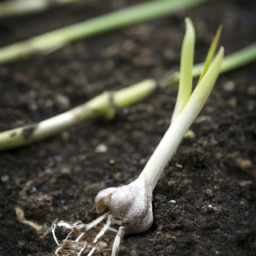
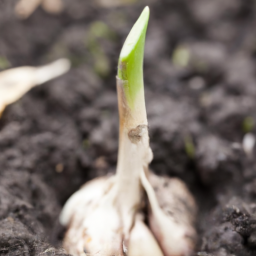
Harvesting garlic at the right time is crucial for quality bulbs.
To harvest, gently dig up the bulbs using a fork, taking care not to damage them. Afterward, cure the garlic by hanging it in a well-ventilated area for several weeks. Proper curing ensures long-lasting, flavorful garlic.
In conclusion, understanding the signs of garlic readiness and mastering harvesting techniques are essential for Tennessee garlic farmers. Timing and care during this phase greatly influence the quality of your garlic crop.
Curing and storing garlic correctly is vital for its long-term use. After harvesting, tie garlic bulbs in bundles and hang them in a dry, well-ventilated location. This allows excess moisture to evaporate and improves flavor.
Once cured, store garlic in a cool, dark place with good air circulation. Farm-to-Table Initiatives Garlic can last several months when stored properly. Avoid refrigeration, as it can induce sprouting.
In conclusion, mastering the art of curing and storing garlic is essential for enjoying its freshness throughout the year in Tennessee. Proper storage preserves flavor and quality.
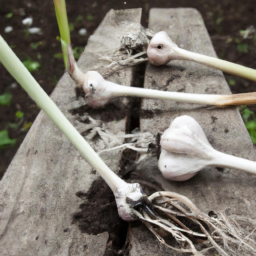
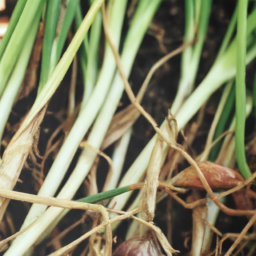
Sustainable garlic farming practices benefit both the environment and your farm's long-term viability. Garlic Diseases Focus on soil health by practicing crop rotation, using cover crops, and minimizing chemical inputs.
Embrace organic methods and prioritize biodiversity by planting companion crops and supporting pollinators. Additionally, invest in efficient irrigation systems to conserve water.
In conclusion, sustainable garlic farming practices are crucial for Tennessee farmers looking to protect the environment and ensure the longevity of their garlic crops.
Tennessee Climate ZonesBeyond the culinary advantages, growing garlic in Tennessee offers economic benefits.
Additionally, garlic farming can diversify income streams for small-scale farmers and create local jobs.
In conclusion, recognizing the economic benefits of growing garlic can inspire Tennessee farmers to explore this valuable crop further.
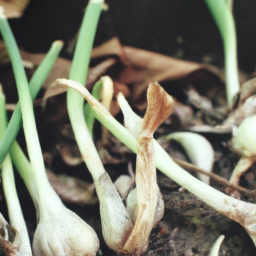
Organic garlic farming in Tennessee offers several benefits. It promotes soil health, reduces chemical inputs, and produces garlic that meets high organic standards, appealing to health-conscious consumers. Organic practices also contribute to environmental sustainability by minimizing the impact on ecosystems. Furthermore, the demand for organic garlic continues to grow, making it a profitable venture for farmers who embrace these practices.
Creating a customized garlic planting calendar for your Tennessee location involves considering factors like frost dates, local climate variations, and the garlic varieties you plan to grow. Start by determining the average date of the first fall frost and work backward to establish planting dates. It's important to align your calendar with your specific microclimate and garlic variety requirements, ensuring the best timing for planting and harvesting.